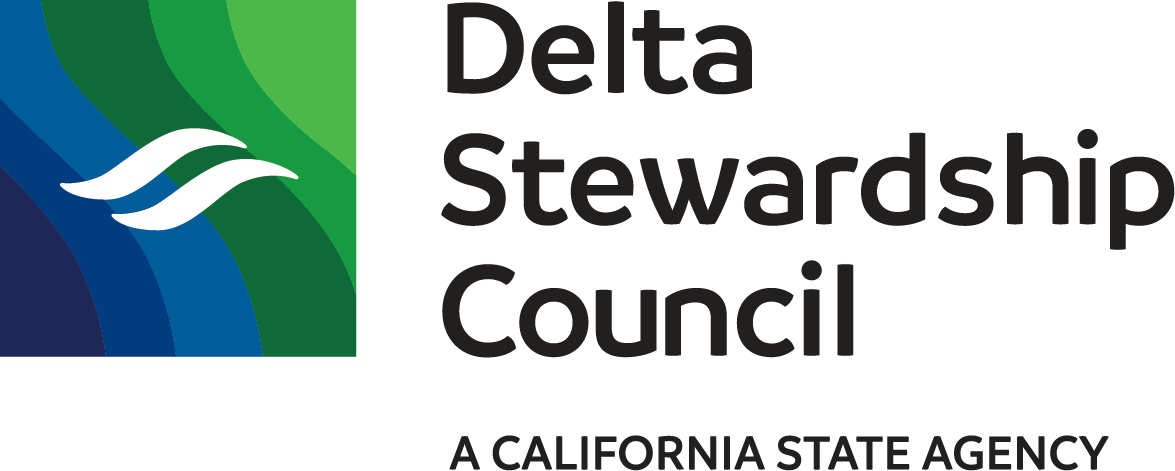Independent Scientific Review of the Delta Mercury Control Program Phase 1
Background
Harmful levels of mercury are found in some fishes consumed by people and wildlife in the Sacramento-San Joaquin Delta, earning the system a place on the Clean Water Act’s Section 303(d) list of impaired water bodies. In response, the Central Valley Regional Water Quality Control Board developed the Delta Mercury Control Program to control mercury and methylmercury in the Delta. That program was adopted by the Regional Board in April 2010, and received final approval from the U.S. Environmental Protection Agency in October 2011.
The first phase of the Mercury Control Program required that discharging entities develop characterization and control studies to evaluate approaches for managing methylmercury. The Regional Board requested that the Delta Science Program coordinate an independent review of these studies, with the goal of assessing the scientific validity of methods, analyses and conclusions. The Delta Science Program completed this review in 2021. View the information sheet to learn about key findings.
Phase 2 of the Mercury Control Program will begin in 2022, when dischargers will implement mercury and methylmercury control programs as appropriate, based on the findings of the Phase 1 methylmercury characterization and control studies and the latest relevant information and data.
Independent Scientific Review Part 1: Municipal Wastewater and Urban Stormwater
The Delta Science Program coordinates reviews in accordance with its mission to provide the best possible unbiased scientific information to inform water and environmental decision-making. The first review, completed in August 2019, evaluated reports describing methylmercury control studies and source characterization from point sources (municipal wastewater and urban stormwater runoff discharges).
View the request letter from the Regional Board to Delta Lead Scientist John Callaway and his response.
View the final independent scientific review report for stormwater and wastewater control studies, as well as responses from the City of Stockton, Central Valley Regional Water Quality Control Board, and the Sacramento Stormwater Partnership.
Independent Scientific Review Part 2: Tidal Wetlands and Open Water Habitat
The second review, completed in July 2021, evaluated reports describing source characterization and mercury control studies from nonpoint sources (specifically tidal wetlands and open water habitat).
View the final independent scientific review report of the Delta Mercury Control Program tidal wetlands and open water methylmercury control and characterization reports. View the transmittal letter to the Central Valley Regional Water Quality Control Board.
View the Tidal Wetlands study by the Department of Water Resources (DWR).
DWR, 2020. Mercury Imports and Exports of Four Tidal Wetlands in the Sacramento-San Joaquin Delta, Yolo Bypass, and Suisun Marsh for Delta Mercury Control Program Compliance
Mercury Open Water Final Report for Compliance with the Delta Mercury Control Program by the Open Water Workgroup:
For inquiries about using the open water model, please contact Prabhjot.Sandhu@water.ca.gov. All other Review and Supplementary Materials are available upon request from ReviewAdvice@deltacouncil.ca.gov.
View the Transmittal Memo and a Response to the Independent Scientific Review Panel of the Report, “Mercury Imports and Exports of Four Tidal Wetlands in the Sacramento-San Joaquin Delta, Yolo Bypass, and Suisun Marsh for Delta Mercury Control Program Compliance” by DWR.
The following data is available (as .xlsx Microsoft Excel files) upon request from ReviewAdvice@deltacouncil.ca.gov.:
- Particle concentrations of MeHg and THg
- Updated flow for Blacklock South and including all wetlands, including tidal average using a Godin filter
- New calculated Blacklock loads using updated Blacklock South flow data
Charge to the Independent Review Panel
The Delta Science Program provided a charge to the independent review panel that provided the direction, context, and timeline for the review. The Charge included orientation and focus for the review effort, support materials to be considered, and specific questions for the panel to start the review process. View the Part 1 Charge and the Part 2 Charge.
Review Panel Members
- Dr. Carl Mitchell, Professor, University of Toronto (Chair)
- Dr. Brian Branfireun, Professor, Western University (Lead Author)
- Dr. Cindy Gilmour, Senior Research Scientist, Smithsonian Environmental Research Center
- Dr. Robert Mason, Professor, University of Connecticut
- Dr. Curtis Pollman, Chief Scientist and CEO, Aqua Lux Lucis, Inc.
Read more about each of the panel members.
Previous Review Panel Member
- Dr. Christopher Knights, Environmental Engineer, U.S. Environmental Protection Agency (former Chair)

